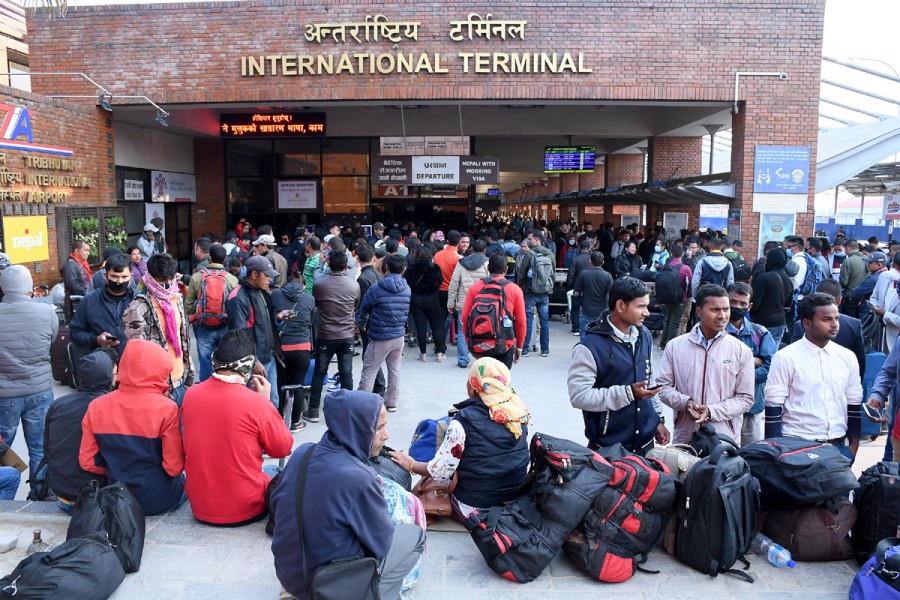Nepali workers might have lost $100M in 2020 due to lack of digital skills
15 Dec 2022 - CodeforNepal

Nepalis migrant workers in Gulf countries might have forgone at least $100 million dollars in potential wages in 2020 due to lack of basic digital skills. In this post, we outline the process and the assumptions we made for this analysis.
As large infrastructure projects come to a close, such as those that happened for the World Cup in Qatar, it is likely that the there will be a shift in demand for more digitally-skilled labor – for instance for the running, upkeep, and maintenance of the infrastructure. Given this, migrant workers will likely derive large benefits from even basic digital skills training. Hence, it will be useful for Ministry of Labor and the Department of Foreign Employment to prioritize digital skills training or related capacity building among potential candidates forforeign employment.
According to the Government of Nepal, despite mobility restrictions, 650,000 Nepalis left the country on foreign employment contracts in 2020, of whom 9 out of 10 went to the Gulf countries for jobs. In Qatar, the average monthly salary of a Nepali “unskilled” and “semi-skilled” migrant worker is $275 and the basic salary of a “computer operator” is $600. This difference in salary is largely consistent with the 2022 study conducted by Amazon Web Services, and Gallup, which found that across 19 countries (largely high-income and middle income countries) workers with intermediate digital skills on the job earn 40 percent more than workers who do not use computer at work.
Ofcourse, there are assumptions necessary for an analysis such as this. To that end, here is a list of assumptions underpinning our claim:
- We assume there was enough demand for computer skills jobs in gulf countries to provide employment opportunities for the newly trained 5 percent Nepalis migrant workers with computer skills.
- We assume the demand for “computer operator” would not have been filled from workers of other countries.
- We also assume that salaries of unskilled and semi-skilled workers, and computer operators in Qatar were equal or similar to salaries in the rest of the gulf countries. For this analysis, we have extrapolated salaries of workers in Qatar to the rest of gulf countries.
For calculations and sources of data, please see below.